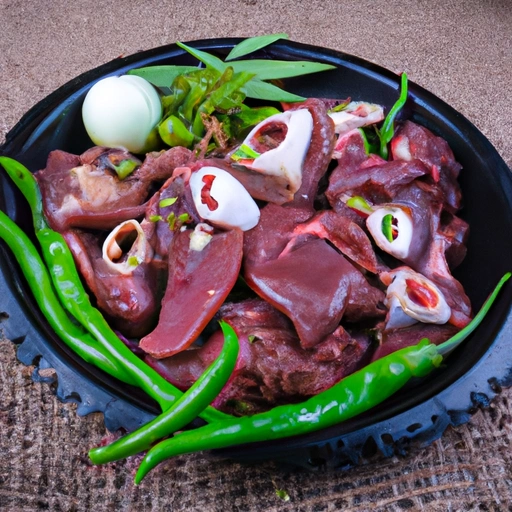Lamb Neck
Description

Lamb neck is a flavorful and versatile cut of meat that comes from the upper part of a lamb's spine, extending to the base of the skull. It contains a mix of meat and connective tissue, which, when cooked slowly, imparts a rich, deep flavor and tender texture to various dishes. Lamb neck is widely regarded for its robust taste and is used in a variety of culinary traditions around the world.
Common uses
Lamb neck is commonly used in dishes that require slow cooking methods such as braising, stewing, or slow-roasting. This cooking process allows the tough connective tissues to break down, resulting in a succulent and flavorful meat that falls off the bone.
Nutritional value
Calories
A typical serving size of lamb neck (3 oz or approximately 85 grams) contains about 150-250 calories, depending on the amount of fat trimmed from the cut.
Protein
Lamb neck is a good source of protein, with a 3 oz serving providing roughly 15-25 grams of protein.
Fat
The fat content can vary, but a 3 oz serving of lamb neck typically contains 10-20 grams of fat, with a mix of saturated and unsaturated fats.
Carbohydrates
Lamb neck is naturally low in carbohydrates, with negligible amounts per serving.
Vitamins
Lamb is a source of B vitamins, particularly vitamin B12, which is important for nerve function and blood cell production.
Minerals
It also provides minerals such as zinc, essential for immune function, and iron, which helps to prevent anemia.
Health benefits
The protein and minerals in lamb neck can contribute to muscle maintenance and overall health. The B vitamins play a crucial role in metabolic processes and can aid in maintaining healthy skin and eyes.
Potential risks
Due to its fat content, excessive consumption of lamb neck may contribute to increased cholesterol levels and associated health risks. It is generally recommended to consume lamb neck in moderation, especially for individuals with cardiovascular concerns.
Common recipes
Lamb neck is used in various recipes ranging from Middle Eastern tagines, Irish stew, and British hotpots to Greek souvlaki and Indian curries.
Cooking methods
The cut is best cooked using methods like braising, stewing, or slow-cooking to tenderize the meat and release its full flavor.
Pairing with other ingredients
Lamb neck pairs well with root vegetables, mint, rosemary, thyme, garlic, and robust grains like barley or farro.
Summary
Lamb neck is a rich and savory cut of meat, lending itself to a variety of dishes across many cuisines. It is highly nutritious, providing protein, vitamins, and minerals, and can be particularly enjoyable in the colder months when hearty, warming dishes are favored. When prepared correctly, lamb neck can be a delicious and satisfying element of a balanced diet.